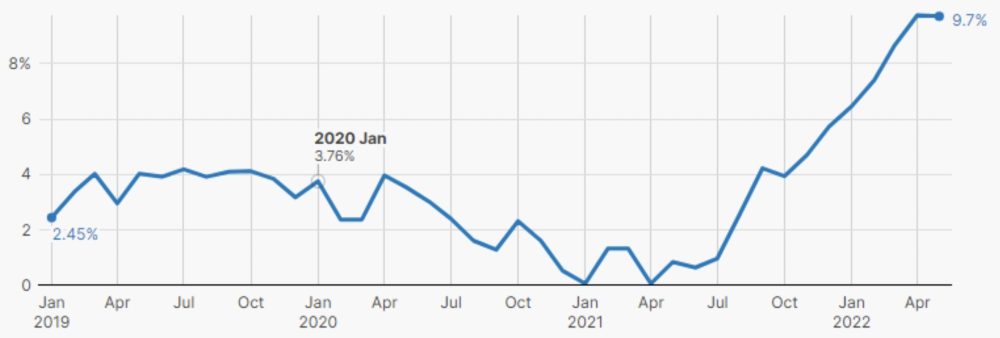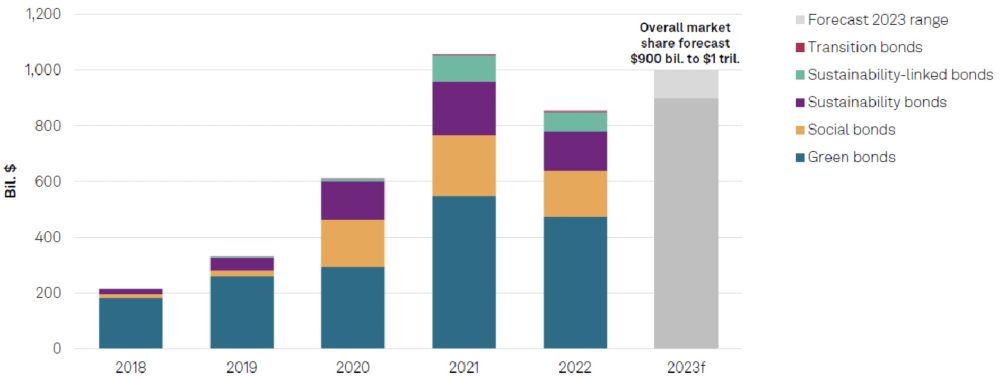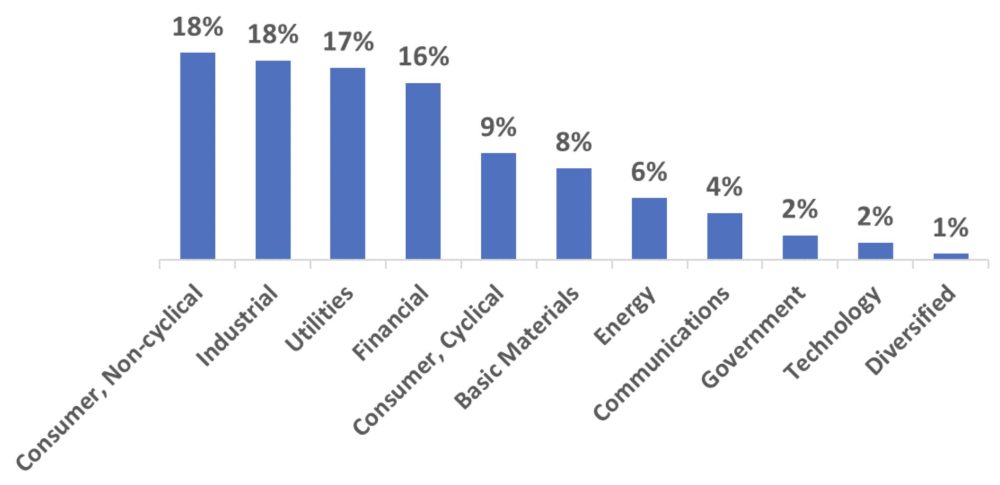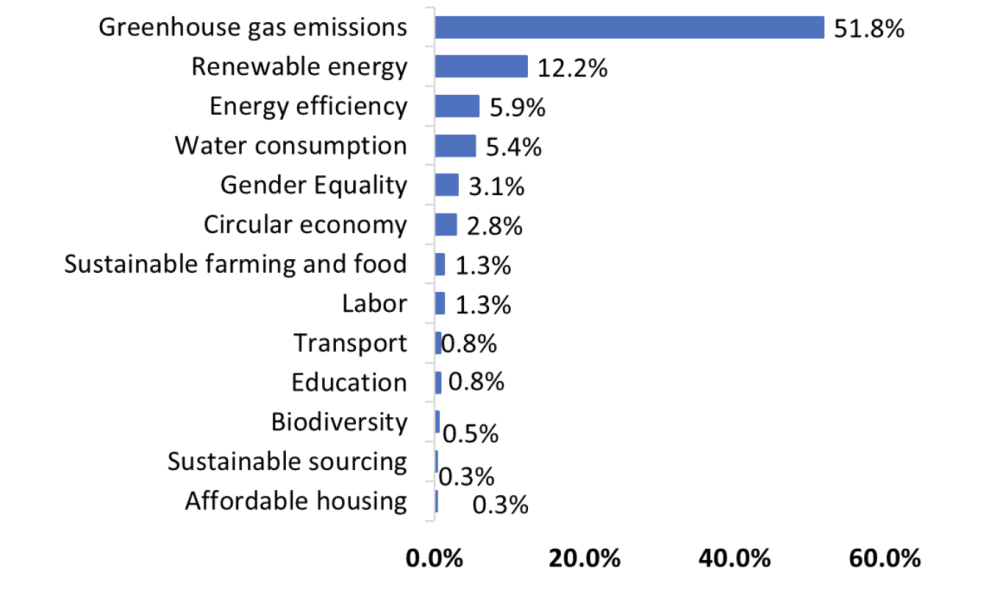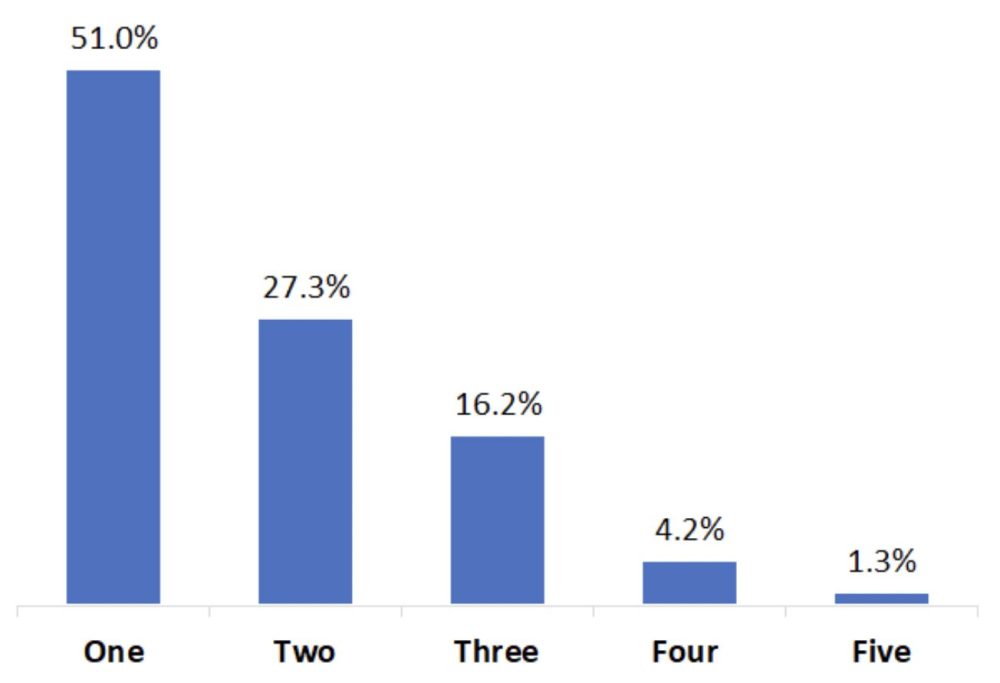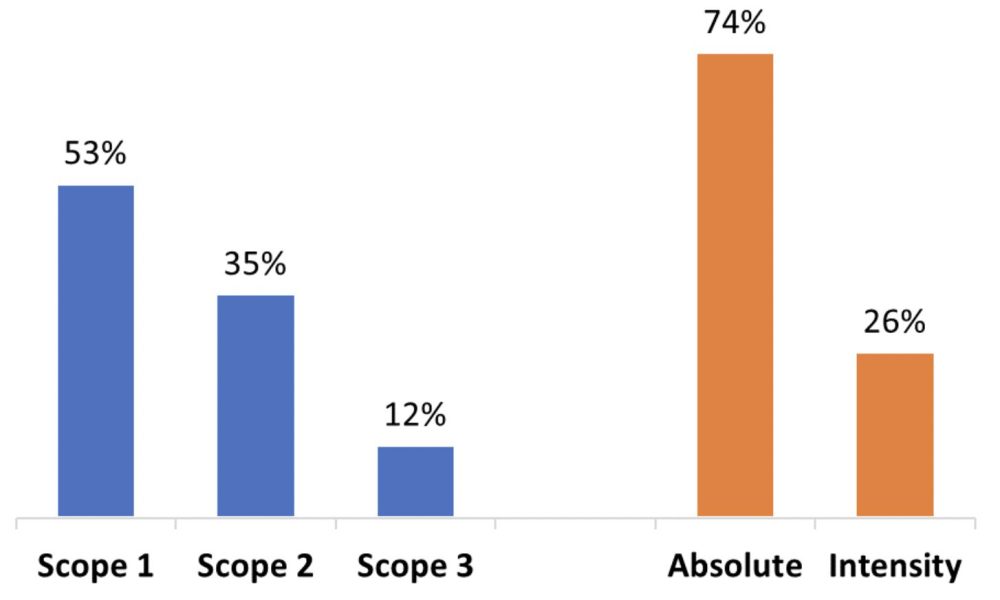The steady progression of responsible investment (RI) in Canada over the last decade has given way to a flood of new developments. Fund companies have expanded their ESG teams and investment products. Regulators are advancing standards around disclosures, risk reporting, and terminology. And companies and investors alike are trying to map their climate ambitions to reality with net zero emissions targets at the forefront.
Topics that were until recently the domain of ESG specialists are becoming central to long term investment strategies, with leading organizations integrating ESG from the top down and throughout. There is also higher demand than ever for more standardized reporting as investors grapple with concerns about greenwashing, RI terminology and changing disclosure requirements, signaling a maturing industry.
Responsible investment is at a turning point where theory must turn into practice in order to reshape the Canadian economy It is in this unique context that we organized the first in-person RIA Conference since 2019, covering leading-edge and emerging topics in ESG and sustainable finance with national and international experts.
From Tuesday, June 6th to Wednesday, June 7th, we hosted the largest gathering of RI professionals in Canada for 25 expert-led sessions featuring 90+ speakers on the most important topics in the industry.
Big Picture Trends in RI
RI is evolving at every level, including global and regional standards and regulations. With Canada uniquely positioned to lead in key industries necessary for the transition to net zero, such as critical minerals, batteries and renewable energy, it is important that we forge this path instead of waiting to be told how to proceed. Large-scale investment is needed to transition our economy, but capital requires clarity and consistency. Disclosure and sustainability standards are key to mobilizing positive investor influence on the environment and society.
The 2023 Conference featured several panels focused on “big picture” challenges, as well as the establishment of better definitions, scoring, and reporting, which could define the future of responsible investment, including:
• Advancing Sustainability Reporting Standards: An Update from the ISSB
• Harmonizing RI Terminology: Progress Report on the CARET Project
• Regulators Roundtable: ESG in Focus
• Achieving Net Zero By 2050: Developments from SFAC & NZAB
The Investable Future, Now
The future of responsible investment is intertwined with our need to transition to a sustainable and inclusive economy. Embracing sustainability and inclusivity is imperative, not only to mitigate risk but also to identify new investment opportunities for a prosperous and equitable society. Several sessions explored specific sustainable investment opportunities and their related challenges, including:
• Investing in a Circular Economy: Tackling Global Challenges and Capturing Opportunities
• Innovations in Agriculture: Towards More Sustainable Food Systems
• Plugging into Electrification: Why and How to Expand and Decarbonize Canada’s Grid
• The Future of Energy: Deploying Capital for a Sustainable Future
• Critical Minerals: An Essential Input in the Energy Transition
Societal Shifts and Progress
Disruptive trends and societal shifts are bearing a variety of impacts on our way of life, from the prevalence of artificial intelligence, to our aging population and loss of biodiversity. By monitoring, mitigating, and/or adapting to these shifts, investors can position themselves to seize opportunities, reduce risks, and contribute to a more sustainable and equitable future. We convened experts on the following topics:
• AI is Transforming the World: What Does it Mean for Your Portfolio?
• Demographic Disruptions: Implications for the Financial Markets
• Real Assets & Responsible Investing: Sustainable and Long-Term Opportunities
• The Next Imperative: The Urgent Need for Investor Action on Biodiversity
Practical Knowledge for RI Advisors
Responsible investment represents an opportunity for advisors to grow their businesses. Research shows that ESG issues are becoming increasingly important to retail investors, and financial advisors need the knowledge and tools to help clients incorporate these factors into their investment decisions. Attendees developed their knowledge and shared peer-to-peer insights in sessions such as:
• Advisor Conversations: Engaging with Clients About RI
• Empowering RI Advisors: Unleashing Insights and Overcoming Challenges
Investing with an Impact
By strategically deploying capital into businesses, organizations, and projects that generate positive social and environmental outcomes, impact investors can drive meaningful change, foster innovation, and contribute to the sustainable development of communities and the planet. The 2023 RIA Conference shed light on key impact initiatives and frameworks in the following sessions:
• Halfway to 2030: Investor Action on Achieving the SDGs
• Accelerating Social Finance in Canada
Connecting with the Responsible Investment Community and Thought Leaders
In addition to the plenary sessions, attendees enjoyed a variety of opportunities to network, collaborate, and engage with industry colleagues. The 2023 RIA Conference offered an unparalleled opportunity for RI professionals to gain cutting-edge information from top thought leaders, share knowledge, exchange ideas, and collaborate.
Mark your calendars for the 2024 RIA Conference in Vancouver, BC on May 28th and 29th!
